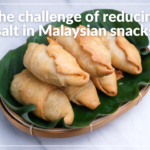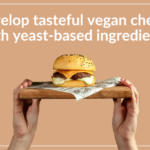Sugar is present in many dishes, both salty & sweet. Ketchup, soups, vinaigrettes, sauces, pizzas or prepared dishes… the list of savory products containing sugar is long. In fact, this ingredient is unavoidable because it is essential for aromatic purposes, and as a corrector of bitterness or acidity. It also prevents meat oxidation and boost flavors or colors.
Many parameters to take into account
Consumers are now used to a specific level of sweetness and to the taste profile associated with sugar. In addition to the reassuring and delicious notes it brings, sugar is involved in many organoleptic properties that must be considered when it comes to its replacement in food and beverage applications. Texture, viscosity, stability, solubility and storage are examples of features impacted by the use of sugar in a recipe.
A lot of sugar substitutes
Food manufacturers need to offer flavorful and indulgent low/no sugar foods and beverages to consumers seeking taste and pleasure. There are a lot of sugar substitutes on the market, each with advantages and disadvantages : sweeteners (which are divided in 2 types: intense or bulk), natural sugars, aromas and fibers.









